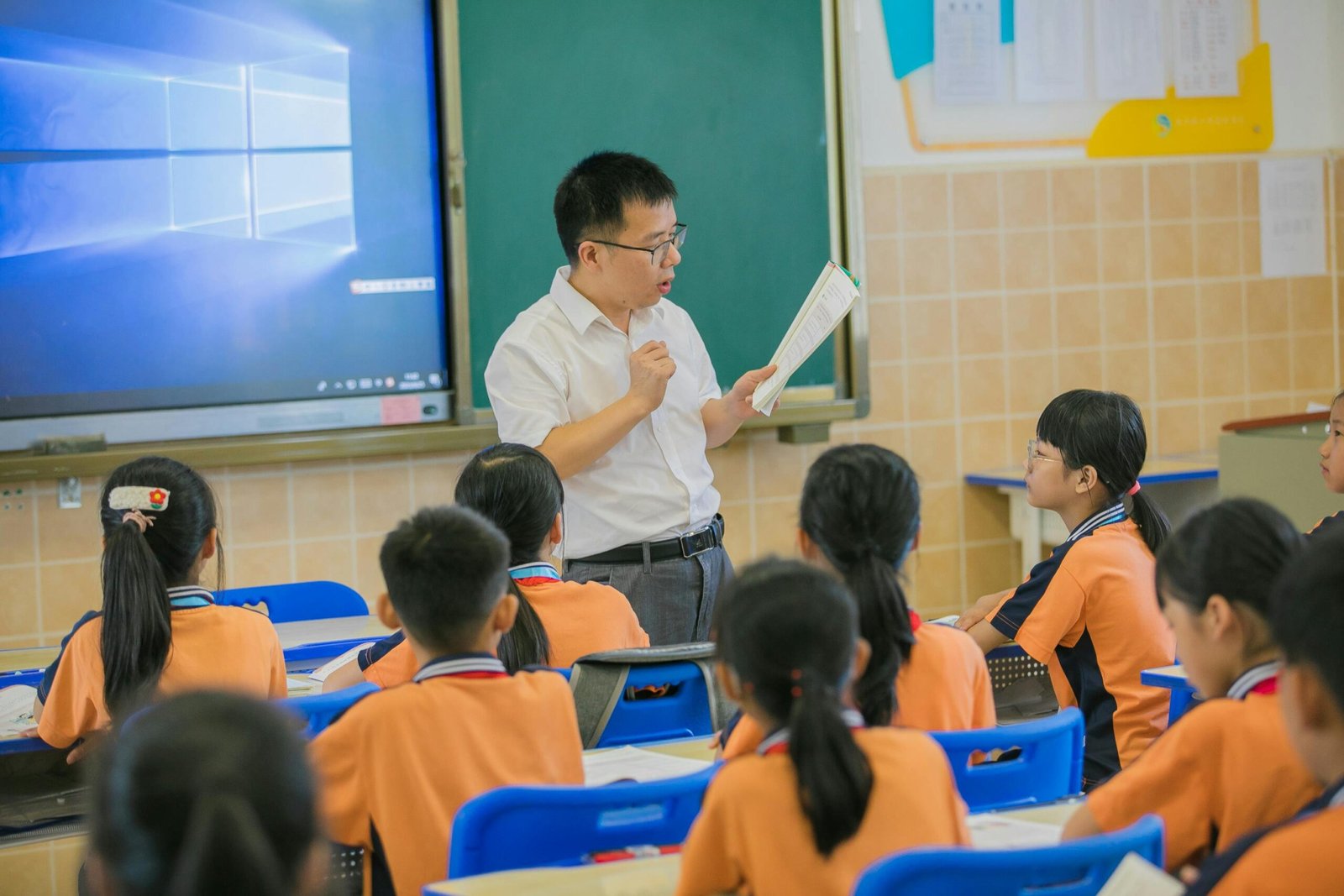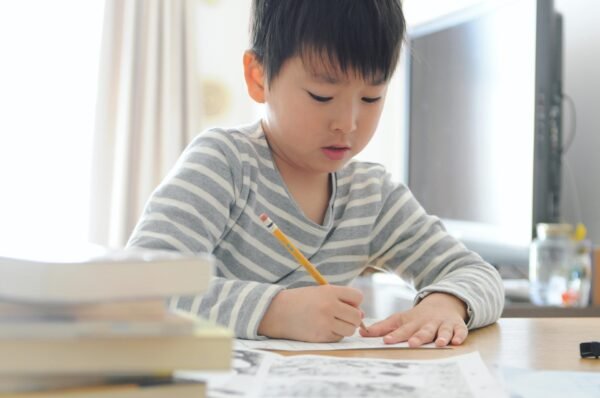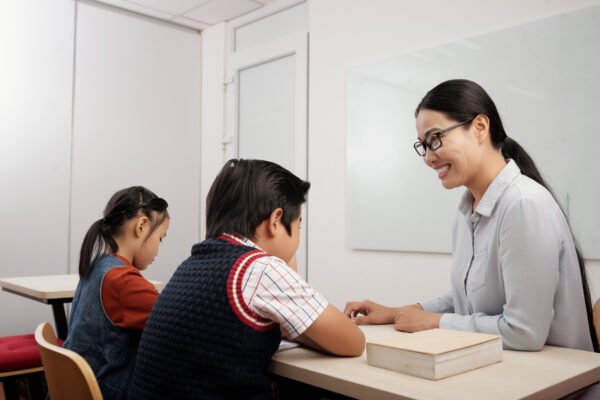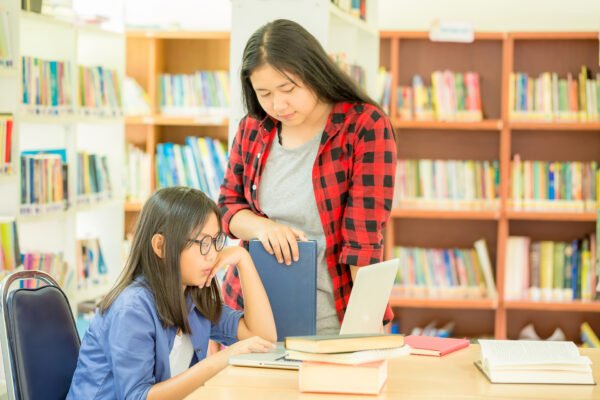The Primary School Parent’s Guide to Building Strong Chinese Foundations Early
The Primary School Parent’s Guide to Building Strong Chinese Foundations Early

The popularity of using Chinese as another common language while communicating has been escalating for the past years. This escalation is in accordance with the growth of China in the global situation. Given how rapid the growth is, investing to learn Chinese as early as possible has become increasingly important. A lot of education providers, whether formal or informal, have opted to include Mandarin as one of its available learning curriculum. Formal education conducted as school is usually started at primary level to help children grasp a good foundation from the very beginning. Throughout this article, we will discuss how parents can guide their children through learning Chinese for primary school, with a strong foundation starting from Pinyin to enrichment support.
Primary School Structured Curriculum for Strong Chinese Foundation

For children who are not native Chinese speakers, learning Mandarin can seem to be a lot. Given how the pronunciation and characters used are completely different from English, mastering Mandarin can possibly take a while to learn. Although there is no single answer on when to start incorporating Chinese to children’s life, early Mandarin learning has been proven to be highly effective due to young learners’ capability of absorbing and retaining more information. Ideally, it is recommended to start teaching Chinese to children before the age of 12, a few sources also stated that you can start teaching this subject once children reach 4 years old to reach effective language acquisition. Research highlights the period before age 6 as a “golden window”, when, at this stage, children absorb tonal patterns, Pinyin, and basic characters more naturally..
Given the young age, Mandarin learning for children should start with the basic foundation of the language: Pinyin and simple Chinese characters. Learning Pinyin can be started at a fairly young age due to its nature of still incorporating latin alphabets to help beginners read and speak smoothly. Once children can master Pinyin and pronunciation, simple Chinese characters can be a suitable next step to help children learn vocabulary further. Here’s a few practical tips to help primary school children learn the basics of Mandarin.
- Daily practice – Learning language in general requires commitment of constant practice before one can properly guarantee a smooth communication between one another. Although young children cannot possibly master Mandarin in a few weeks, daily repetition can help them retain memory better. This step is of utmost importance as language learning is better carried out as a habit rather than memorization.
- Character recognition – Mandarin has a list of Chinese characters that is mainly used for written communication. With approximately 50.000 – 100.000 different Chinese characters, memorizing every single one of them is nearly impossible. However, an alternative to try rather than memorizing is by recognizing the pattern of the characters. Chinese characters are often inspired by real-life objects, which make recognizing a few basic characters fairly easier.
- Learning tools – Learning Chinese for primary school students should not be monotone or packed with materials. Instead, children should be able to learn while having fun with available resources. Given how rapid digitalization is, resources should be available upon a quick search on the internet. Incorporating easy-to-use tools such as worksheets, flashcards, and story books can help provide an engaging way of studying that can help prevent boredom in children.
Primary School Structured Curriculum for Strong Chinese Foundation

Knowing how Chinese has been very important in many situations, primary schools nowadays have started implementing Chinese language learning as one of their available curriculum. During primary school, children are divided into two different classifications, which are lower primary students (P1-P4) and upper primary students (P5-P6). This differentiation is made to help provide a better learning environment than can encourage children to learn more. Here’s how lower and upper primary students can learn effectively at school with the different stages.
- Lower primary students often focus more on recognition and acknowledgement of Pinyin and Chinese characters, which usually only serves as an introduction to Chinese language in general. On the other hand, upper primary students are encouraged to deepen understanding, especially in reading comprehension, writing, and oral skills.
- Lower primary students are often guided to put emphasis on learning listening and speaking skills while upper primary students will focus on speaking, reading, and writing skills.
- Teachers who are assigned to lower primary students will often focus on interactive and engaging activities to teach effectively. On the other hand, upper primary students can absorb information better and will work better with a structured curriculum.
To accommodate how children might have different Chinese skills upon entering primary students, MOE Chinese curriculum is usually divided into different modules that can be taken based on the students’ skill and interests. Here are the three different modules offered to primary students to assist them in learning Mandarin.
- Core module – This module is the main material taught on MOE Chinese curriculum and is obligatory to be taken by students. The core module will help children with understanding Mandarin and implementing it on a daily basis. This module is usually emphasizing on literacy skills and will be examined through PLSE.
- Bridging/Reinforcement module – This module is designed to help primary students who find difficulty in learning Mandarin. This module is usually taken when a child has little to no background knowledge in Chinese Mandarin. Unlike the core module, this class is optional to take and is usually used to maintain all students’ ability on the same level.
- Enrichment module – Much like bridging classes, this module is also completely optional. Primary students who have shown great interest in Chinese language learning and wish to learn more can enroll in this module and study more of the language. This module will usually encourage students to learn through extensive readings.
Enrichment Classes to Help Children Learn Mandarin

Aside from learning formally from school, many children will also be enrolled in enrichment classes to help them learn more about Mandarin and build a stronger foundation in Chinese language. If your children are struggling with learning Chinese or if you want to help your children understand more, enrolling in a Chinese enrichment class can be a perfect solution. However, it should be noted that there are a few things that you should be considering while choosing the perfect Chinese enrichment class for your child. Here’s some tips that you can implement before applying for a class.
- Decide the Goal
Learning Chinese is a large scope to begin with. A lot of enrichment classes offer different modules to work with depending on the child’s goal. Some children might want to learn how to write while the others prefer mastering their oral skills. Deciding a goal on a Mandarin learning journey is important since different sets of skills require different types of learning methods to effectively retain information.
- Know Your Child’s Learning Method
Every child has their own preferred way of learning. Some children will work better in group activities. However, there are also children who can focus better on a private class which emphasizes a one-on-one relationship with the teacher. Before selecting a Chinese enrichment class to enroll in, it is important to know which one will suit your children better. If available, you can try signing up for trial classes to give a better grasp on the class situation.
- Ensure Credibility
With the growing number of Chinese enrichment classes, parents should be more aware of how a class can keep its accountability. Before enrolling children, try to look for information about the tuition centre you’re planning to choose. Looking for past testimonials from students is also highly recommended to know how credible a Chinese enrichment class is.
Conclusion: Finding the Best Chinese Enrichment Class
Chinese enrichment class is another solution that parents can try to help their primary school children to have a solid foundation in Chinese as early as possible. Although primary school already provides the basics needed to learn this language, the popularity of Chinese enrichment classes remains attractive due to its flexibility in learning different Chinese skills. Finding the best Chinese enrichment class is usually filled with trial and error to be able to select the perfect course for your children. However, it is important to note that a good Chinese enrichment class should be able to keep its credibility while providing engaging learning experiences with certified professional teachers.
If you’re interested in taking a course that can help you with both structured and theme-based curriculum, visit our site and learn more about our class arrangement.





